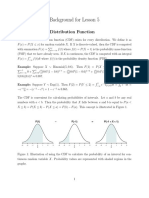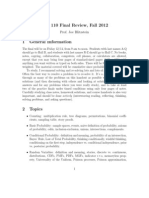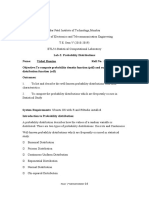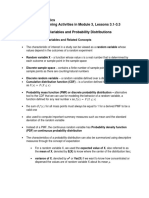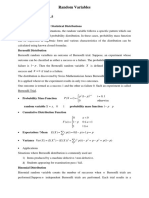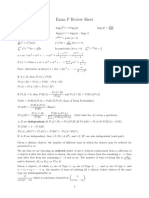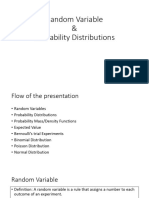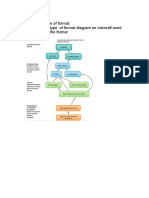0% found this document useful (0 votes)
100 views8 pagesEXCEL Probability Distribution Functions
Principles of management assignPrinciples of management assignPrinciples of management assignPrinciples of management assignPrinciples of management assignPrinciples of management assignPrinciples of management assignPrinciples of management assignPrinciples of management assignPrinciples of management assignPrinciples of management assignPrinciples of management assignPrinciples of management assignPrinciples of management assignPrinciples of management assignPrinciples of management assignPrinciples of management assignPrinciples of management assignPrinciples of management assignPrinciples of management assign
Uploaded by
bilalCopyright
© © All Rights Reserved
We take content rights seriously. If you suspect this is your content, claim it here.
Available Formats
Download as DOC, PDF, TXT or read online on Scribd
0% found this document useful (0 votes)
100 views8 pagesEXCEL Probability Distribution Functions
Principles of management assignPrinciples of management assignPrinciples of management assignPrinciples of management assignPrinciples of management assignPrinciples of management assignPrinciples of management assignPrinciples of management assignPrinciples of management assignPrinciples of management assignPrinciples of management assignPrinciples of management assignPrinciples of management assignPrinciples of management assignPrinciples of management assignPrinciples of management assignPrinciples of management assignPrinciples of management assignPrinciples of management assignPrinciples of management assign
Uploaded by
bilalCopyright
© © All Rights Reserved
We take content rights seriously. If you suspect this is your content, claim it here.
Available Formats
Download as DOC, PDF, TXT or read online on Scribd
/ 8

